
Each month we highlight a place of interest around the globe that we consider as unique as Borgo di Vagli. The tips are selected as they either show respect for the environment, nature, and architectural beauty or are deeply indigenous to their individual origin. This month we highlight Fulvio’s summer break to the “not so well known” south west part of Sardinia - here is his report…:
The tip of this month takes its origin from just a very special and unusual dish of a great chef, to then highlight a bigger scenario of the area or, we should say more properly, the incomparable sea around it. “As soon as I had the first bite of this incredible dish, I knew that we had the TOTM.
I presume, very few of you have ever experienced that dish. BTW, if you had, please let us know where you had it… What am I talking about? In Sardinian language they are called “Orziadas”; in Italian they are normally called “Anemoni di mare” or “Attinie” and their scientific name is “Actiniaria”. Here below what we are talking about:


Now that you’ve seen the pictures, I’m sure you will remember them if you have ever snorkelled or scuba dived…; click here for more literature on them.
So now you may understand why I was so surprised when I found them listed on a menu of a fantastic restaurant in Calasetta – S.Antioco in Sardinia. The restaurant is right on the small harbour and is called “La Perla” (its name – the pearl - couldn’t be more appropriate).
The chef, Donatello Maccioni, definitively knows what is doing! His dishes are a mixture of wonderful traditional Sardinian specialities and unique gems from the incomparable sea around. Beyond the Orziadas, fantastic raw scampi or lightly fried whitebaits or the typical spaghetti with “bottarga” (tuna-fish salted eggs) or with sea urchin …and the list can go on for a while.
In Italian we have a saying, when you really like something. That is: …it deserves the trip. The Orziadas and the restaurant run by Donatello (even his name couldn’t be more appropriate) deserves the trip! Now below, finally, a couple of pictures of the Orziadas…before and after
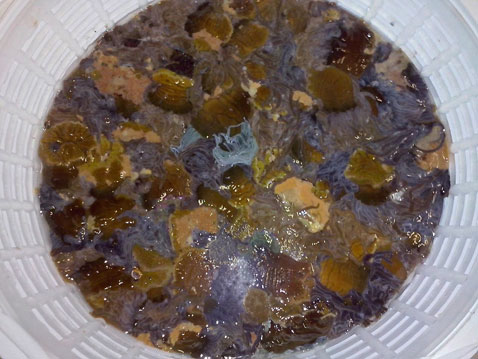
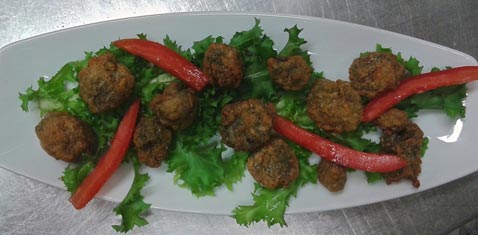
Donatello was so kind to also give me some tips on how to cook his dish, which is “apparently” very simple, as you can see below… but, as for almost all the simple things, I’m sure the result might be very different… always provided, that you were able to find the main “ingredient”.
The sea anemones have a mushy consistency you will form balls with. You roll them in a simple mixture of flour and semolina and immerse in hot olive oil. The best cooking is the one that allows maintaining the soft consistency inside and its strong sea flavour, while wrapped in crispy breadcrumbs. We serve them freshly fried, as they are best eaten hot.
Well,… it’s absolutely true that the Orziadas and La Perla deserve the trip, but believe me… if you love the real sea, there’s a lot to see and experience around it.
S. Antioco is a small island (actually a peninsula) almost attached to the South-Western cost of Sardinia and had, as you can see by reading here, a very troubled history passing through the control of the Phoenicians, Romans, Byzantines, Saracens…
But its sea, certainly remained as wonderful as it is nowadays. Please do not expect 5 star hotels or luxurious resorts or equipped beaches…; get a sun umbrella (and a couple of ropes to secure it when the Maestrale starts blowing), a couple of beach mats or small inflatable mattress if you struggle with laying on the rocks, and a mask and a snorkel – also a pair of small flippers can be useful as there’s a lot to see. And explore. The sea won’t disappoint you. Please check it out below.

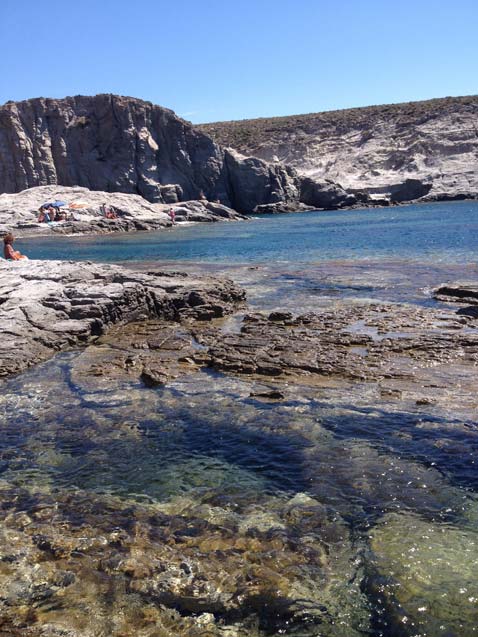
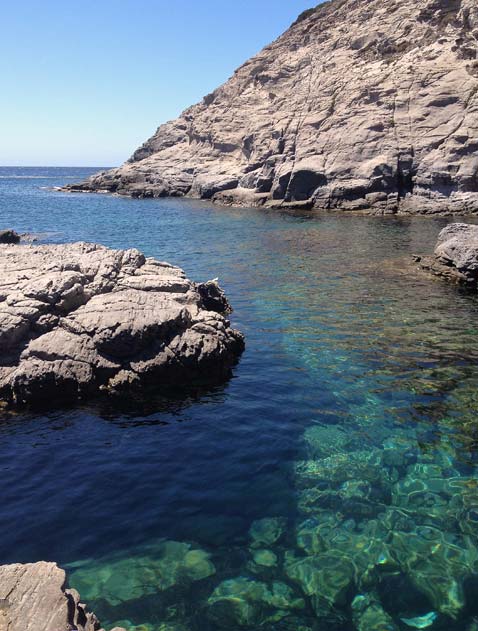
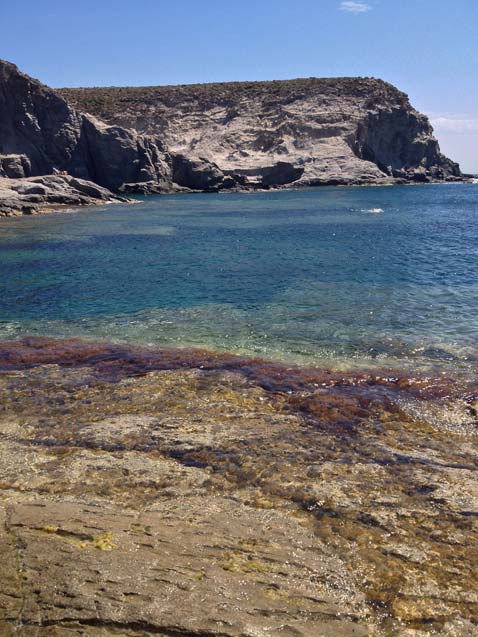
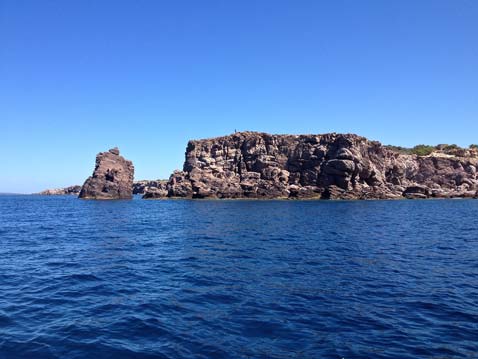
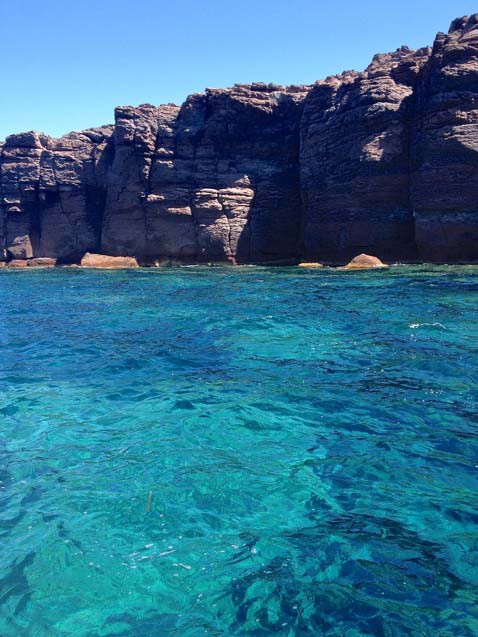
Only 4/5 miles away from S.Antioco there’s another incredibly beautiful small island called S.Pietro. You cannot leave without staying there as well. In a way, it’s the philosophical continuation of S.Antioco but, I would say, in an even wilder setting. The relatively recent history (18th century) is very weird: it was colonized by families from Genoa who left in the 15th century to go fishing coral on the Tunisian coast and, when a couple of centuries later the source of their living was over, they sailed back to their original home…but found out, on the way back, that also the cost of Sardinia was rich of coral and never left. As you might know, the Sardinian is a proper language; so imagine the shock when you go to Carloforte (the main village in S.Pietro) and you realise that all its inhabitants still speak only Genoa dialect.
This is Italy!
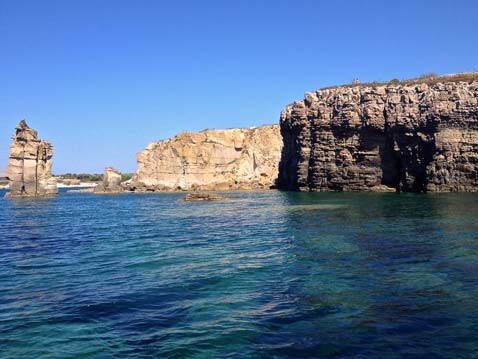
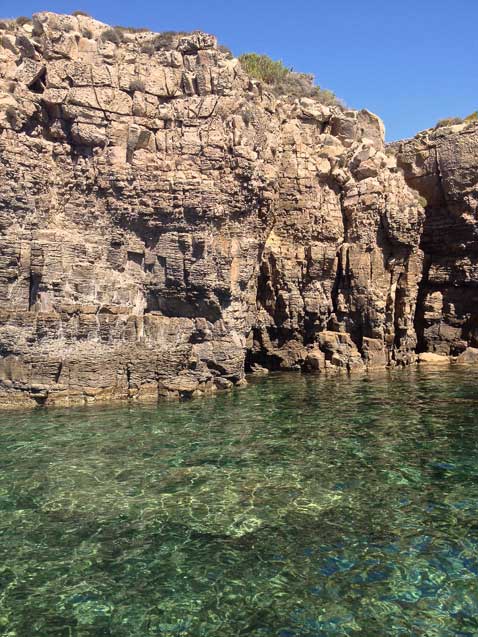
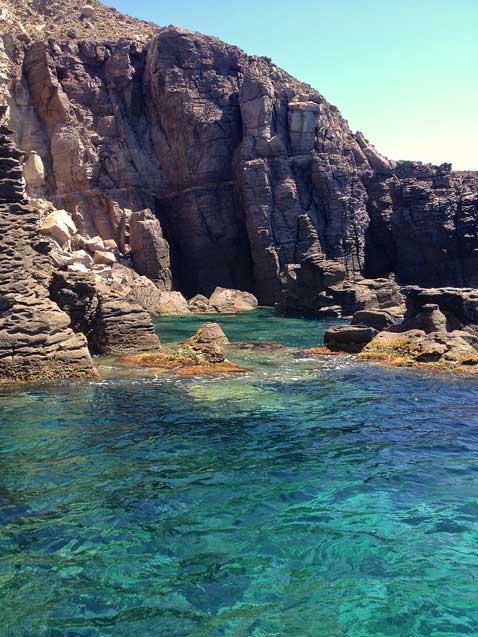
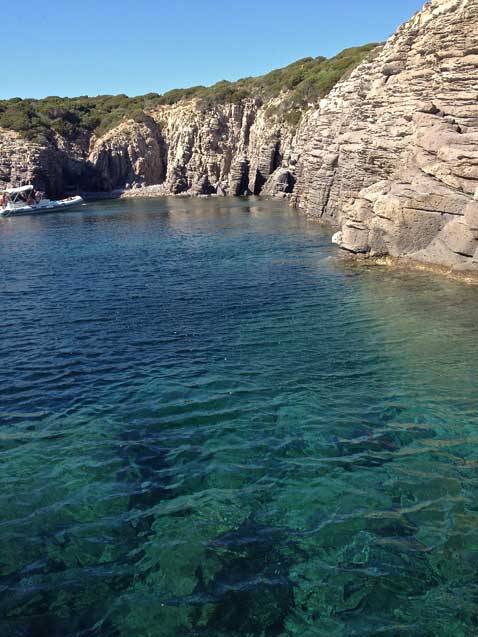
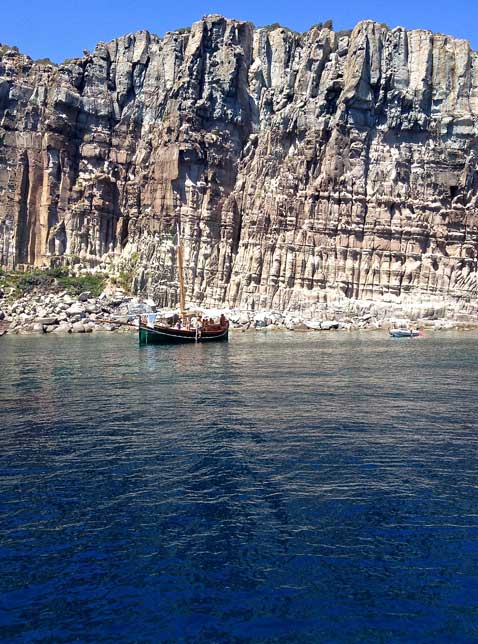
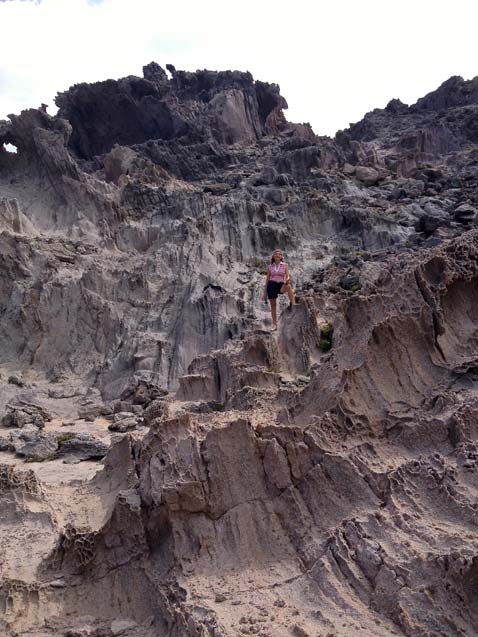


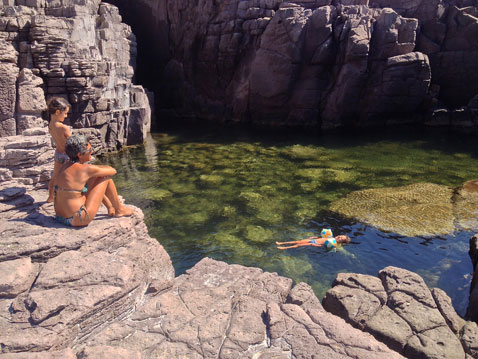
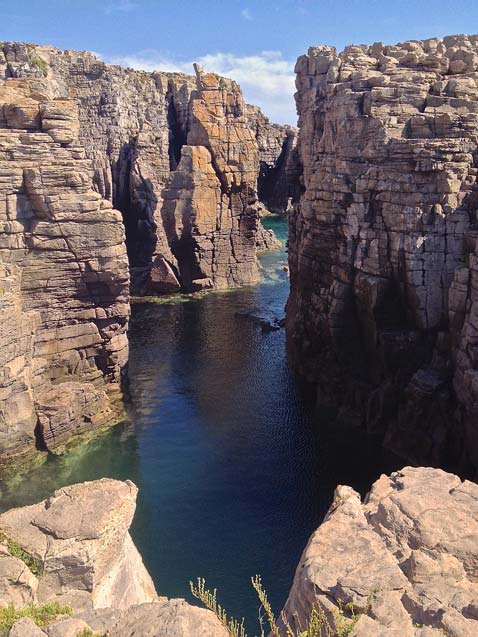
As for the food (after all that swimming you’ll be starving!!!), on both islands you’ll find very good restaurants and trattorie…
BUT, if you don’t like fish and especially tuna fish (which was captured and worked here for centuries, although there’s only one active tonnara left) , believe me, you’ll be in trouble.”
Some tips for you below:
In S.Antioco:
• La Perla
• U Palacca
• da Pasqualino
• da Mario e Pinella
• Ducato di Sisineddu (fantastic porceddu and pizza a metro)
In S.Pietro Carloforte
• Il tonno di corsa
• Vittorio
• La Nave
• Osteria della tonnara
• Galaia